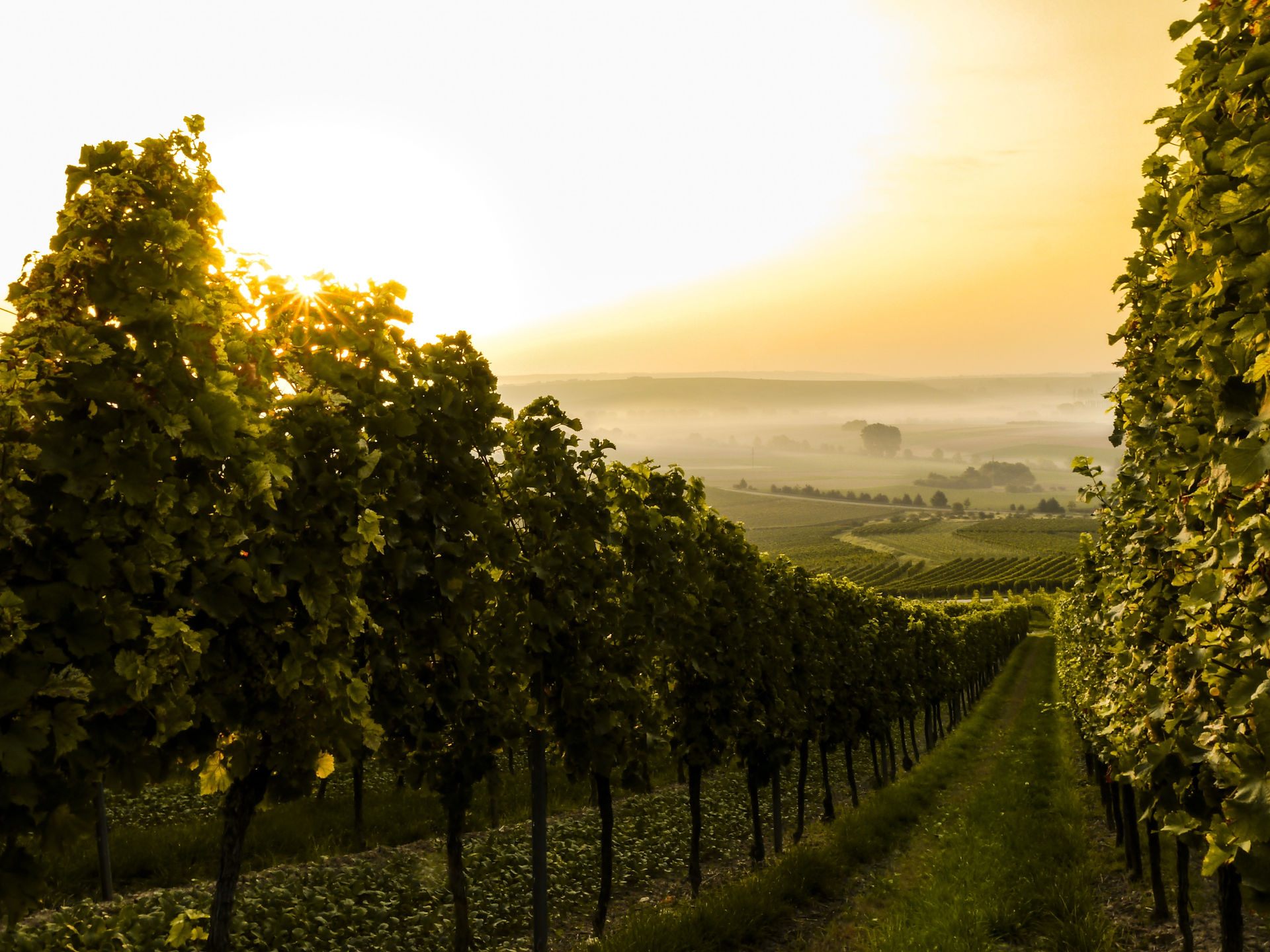
The moment when you start getting into wine is the moment you realize you need to learn a new language. There will be a time (or you may have experienced it) when you talk to someone about wine and hear phrases like “this is full-bodied” or “I can taste the tannins,” putting a questionable look on your face. I want to say, don’t worry about it, everyone goes through this phase when they’re learning about wine. This week, I’m heading to the Vancouver Wine Festival with my friend who is starting to get into wine. Like my friend, many people new to wine will be going to wine events to find that they don’t speak the language. As spring and summer are nearing, the high seasons for wine events and tastings, I’ll speak to some of the most common wine terms, so you will have sommeliers say to you: "you're speaking my language."
Body – Basically, you hear this all day in wine culture. Body refers to the texture or weight a wine has on your palate and is placed on a spectrum of light, medium, and full-bodied. When a wine is described as “full-bodied,” it means the wine is heavy in the mouth, richer, and complex in taste. Cabernet sauvignon and chardonnay are examples of full-bodied wines. Light-bodied wines, such as Riesling and Pinot Noir, have a lean and delicate feel in the mouth, akin to water. Medium-bodied wines like Rosé and Pinot Grigio are in between. Colour and alcohol content are indications of how much body wine has. The darker the wine is, the more body wine has. Similar to colour, the higher the alcohol, the more body wine tends to have.

Notes – Refers to aromas or flavours in wine. Words like hints, nose, and tones have the same meaning.
Blend – You know of different types of wines like Riesling and Merlot. A blend is essentially different wine grapes mixed together. You’ll only find red wines mixed with reds and white wines with whites.

Fermentation – A part of the wine-making process when yeast turns the sugar in grape juice into alcohol. Wine is fermented in stainless steel tanks, open wooden vats, or wine barrels. Higher alcohol content can be produced when the grapes have higher sugar content.
Aging – Heard the saying “wine improves with age”? Well, it does through the aging process in winemaking. Aging is maturing the wine to improve the quality and changes the flavour, colour, aroma, and texture. This is done after fermentation and before the wine is bottled. Wine is aged in oak barrels that sit in cold, dark wine cellars and can take anywhere from 2 to 15 years. (Special tip on age when picking out wines at the bottom.*)
Tannins – Can you feel the dryness or bitterness on the palate when you drink wine? That’s from tannins. Tannins are phenolic compounds that come from grape skins, seeds, and stems, and oak. This adds structure and astringency to the wine. You’ll only find tannins in red wines because it’s produced during the maceration process when the grape skins are soaked in the wine juice. A higher level of tannins is found in darker-coloured and younger wines. You’ll also find tannins in things like black tea and dark chocolate.

Oaky – refers to textures, colours, and flavours produced by the oak during the fermentation or aging process. If you ever hear that wine has notes of vanilla, caramel, cinnamon, mocha, cream, smoke, or wood - that all comes from the oak. The flavours that are produced are dependent on the type of oak used. Oak also adds a yellowish colour to white wine and makes a deeper red wine. That’s why older wines are darker in colour.
Finish – the lingering aftertaste of the wine. It’s described in 2 ways: the texture and flavour, and the length of time the texture and flavour lasts in your mouth. With age, the finish becomes longer and more complex in texture and flavour.

Sweetness code – When you purchase wine, you may notice a number below the price on the label, something like 00 or 02. That’s the sweetness code. As I touched upon in my Valentine’s Day blog post, the sweetness code refers to the residual sugar in the wine. The higher the sweetness code, the more residual sugar is in the wine. (More on sweetness code in the Weekly Wine Fact at the bottom.)
If you are heading to a wine event or tasting and want a quick guide to wine terms, click here.
I’ll be at the Vancouver International Wine Festival Tasting Event on the evening of Thursday, February 27, where I’ll get to try wines from 163 wineries from all over the world! Follow my Instagram to see what’s happening at this event. I’ll also be writing a blog post on highlights of VIWF next week, so stay tuned. If you want to buy tickets for VIWF, click here.
Share this blog post with your friends that are new to wine. And don’t forget to subscribe to our newsletter below for all the updates. Have a great week!
*Wine Tip - You’ll notice every wine bottle has a year on it. That is the vintage year of wine – so the harvest year of the grapes used to make the wine; in other words, the age of the wine. Most standard wines will be 2-3 years old, whereas expensive wines can be 10-15 years old.


Comentários